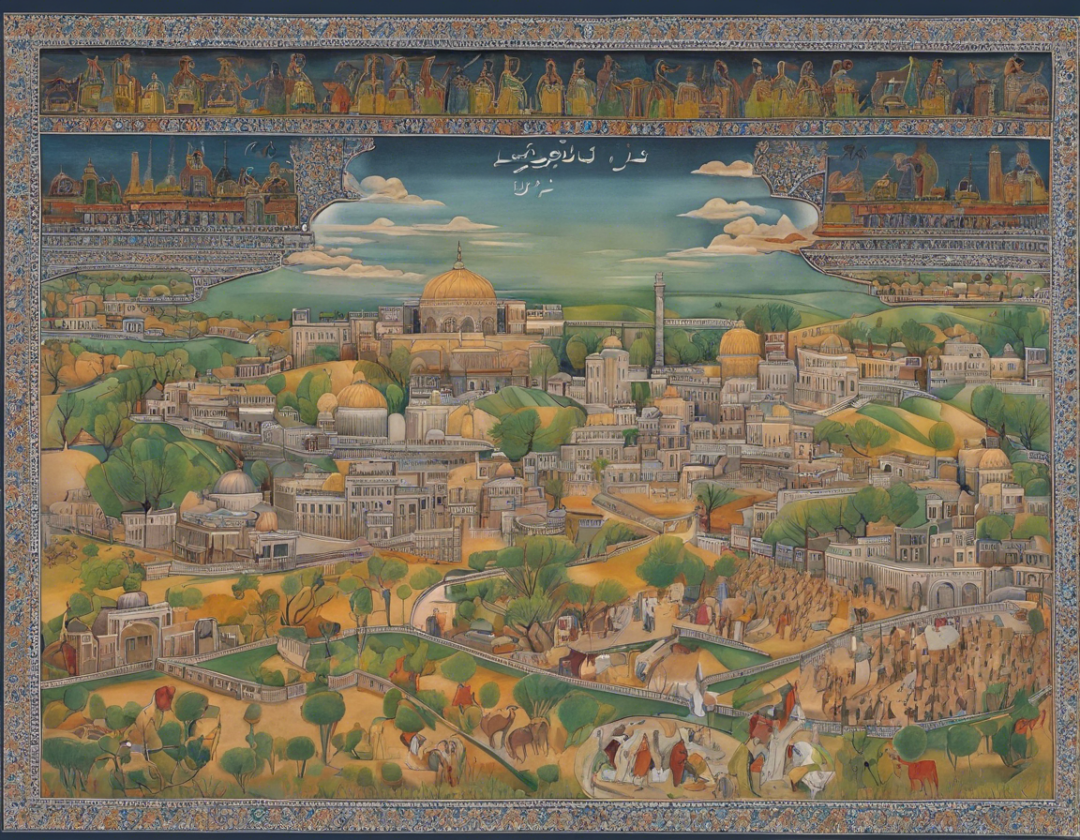In a world characterized by diverse cultures, traditions, and customs, two countries that stand out for their unique identities and influence are Afghanistan and Saudi Arabia. While they are both located in the Middle East, these countries possess distinct histories, political systems, societies, and religious practices that shape their individual identities. In this article, we will delve into a comprehensive comparison of Afghanistan and Saudi Arabia across a range of factors including geography, demographics, economy, culture, and more.
Geography and Climate
First and foremost, let’s explore the geographical differences between Afghanistan and Saudi Arabia. Afghanistan is a landlocked country located in South Asia, bordered by Iran, Pakistan, Uzbekistan, Turkmenistan, Tajikistan, and China. The terrain in Afghanistan is rugged and mountainous, with the Hindu Kush mountain range dominating the landscape.
On the other hand, Saudi Arabia is situated on the Arabian Peninsula and is the largest country in the Middle East. It is characterized by vast deserts, including the Rub’ al Khali or the Empty Quarter, one of the largest continuous sand deserts in the world. The country also has a coastline along the Red Sea and the Persian Gulf.
In terms of climate, Afghanistan experiences a continental climate with hot summers and cold winters, while Saudi Arabia has a predominantly desert climate marked by extremely high temperatures during the day and dramatic drops in temperature at night.
Demographics and Population
Afghanistan has a diverse population comprising various ethnic groups, with the largest being the Pashtuns, followed by Tajiks, Uzbeks, and Hazaras. The country has faced significant challenges due to decades of conflict, leading to mass displacement and refugee crises.
In contrast, Saudi Arabia has a more homogenous population predominantly made up of Arabs, with a large expatriate community from countries around the world working in various sectors of the economy. The population of Saudi Arabia is significantly smaller than that of Afghanistan.
Economy and Resources
When comparing the economies of Afghanistan and Saudi Arabia, notable differences emerge. Afghanistan is considered one of the poorest countries in the world, heavily reliant on agriculture and international aid. The country has significant mineral resources, including copper, iron ore, gold, and rare earth elements, but political instability has hindered their exploitation.
Saudi Arabia, on the other hand, boasts one of the largest economies in the Middle East, primarily due to its vast reserves of oil. The country is the world’s leading oil exporter and has used its oil wealth to diversify its economy into sectors such as tourism, finance, and infrastructure development.
Culture and Society
Culture and society play a crucial role in defining the identities of Afghanistan and Saudi Arabia. Afghanistan has a rich cultural heritage, shaped by its history as a crossroads of civilizations and a hub along the ancient Silk Road. The country’s culture is influenced by a mix of Persian, Turkic, and South Asian traditions, evident in its art, music, and cuisine.
Saudi Arabia, on the other hand, is known for its adherence to Islam and the practice of Wahhabism, a conservative form of Sunni Islam. The country follows a strict interpretation of Islamic law, leading to restrictions on women’s rights, freedom of speech, and personal freedoms. However, in recent years, the country has undergone social and cultural reforms aimed at modernizing society under the leadership of Crown Prince Mohammed bin Salman.
Politics and Government
In terms of politics and government, Afghanistan and Saudi Arabia operate under different systems. Afghanistan is an Islamic republic with a presidential system of government, where the President is the head of state and government. The country has faced decades of political instability, with frequent changes in leadership and ongoing conflict with insurgent groups.
Saudi Arabia, on the other hand, is an absolute monarchy with King Salman serving as the head of state and head of government. The country follows a Sharia legal system based on Islamic law, and the kingdom holds significant influence in the region as a key player in Middle Eastern politics.
In conclusion, while Afghanistan and Saudi Arabia share certain geographical and cultural similarities as Middle Eastern countries, their differences are stark and shape their individual identities. From demographics and economy to culture and politics, these countries offer unique insights into the complexities of the region and the global community.
Frequently Asked Questions (FAQs)
- What is the predominant religion in Afghanistan and Saudi Arabia?
-
Afghanistan is predominantly Muslim, with the majority following Sunni Islam. Saudi Arabia follows a conservative form of Sunni Islam known as Wahhabism.
-
How do the climates of Afghanistan and Saudi Arabia differ?
-
Afghanistan experiences a continental climate with hot summers and cold winters, while Saudi Arabia has a desert climate with extremely high temperatures during the day.
-
Which country has a larger population, Afghanistan or Saudi Arabia?
-
Saudi Arabia has a larger population compared to Afghanistan.
-
What are the main sources of income for Afghanistan and Saudi Arabia?
-
Afghanistan relies heavily on agriculture and international aid, while Saudi Arabia is a major exporter of oil.
-
What types of government systems are in place in Afghanistan and Saudi Arabia?
-
Afghanistan is an Islamic republic with a presidential system, while Saudi Arabia is an absolute monarchy led by a king.
-
How do the cultural traditions of Afghanistan and Saudi Arabia differ?
-
Afghanistan has a diverse cultural heritage influenced by Persian, Turkic, and South Asian traditions, while Saudi Arabia follows a strict interpretation of Islamic law.
-
What are the main challenges faced by Afghanistan and Saudi Arabia?
-
Afghanistan grapples with political instability, conflict, and economic challenges, whereas Saudi Arabia faces issues related to modernization, social reforms, and human rights concerns.
-
How have recent reforms impacted the societies of Afghanistan and Saudi Arabia?
-
Afghanistan has seen attempts at political reconciliation and peace processes, while Saudi Arabia has implemented social and cultural reforms aimed at modernizing society and improving women’s rights.
-
What are the main natural resources found in Afghanistan and Saudi Arabia?
-
Afghanistan is rich in mineral resources like copper, iron ore, gold, and rare earth elements, while Saudi Arabia is known for its vast oil reserves.
-
How do the landscapes of Afghanistan and Saudi Arabia differ?
- Afghanistan is known for its rugged and mountainous terrain, while Saudi Arabia is characterized by vast deserts such as the Rub’ al Khali or the Empty Quarter.




